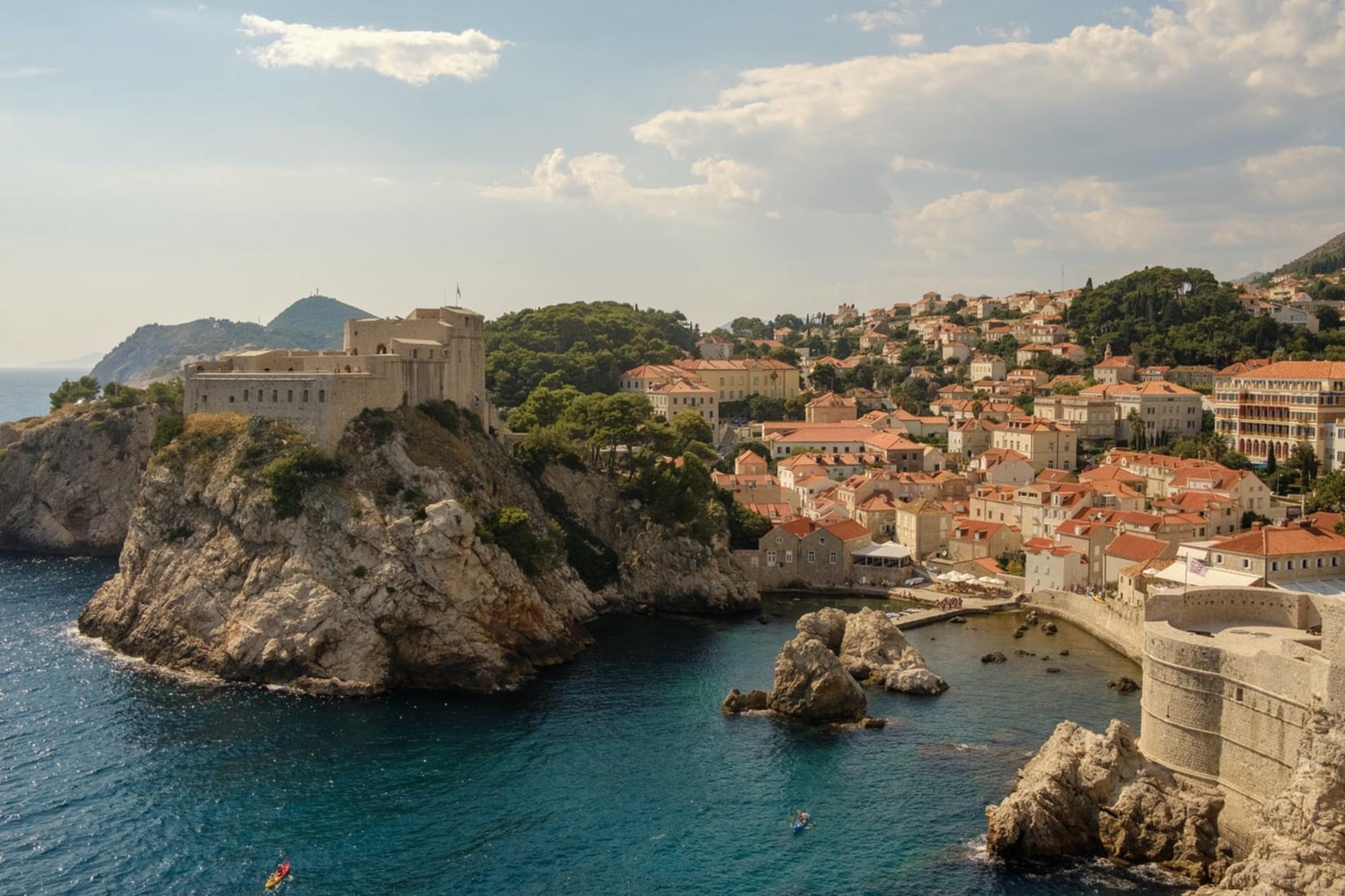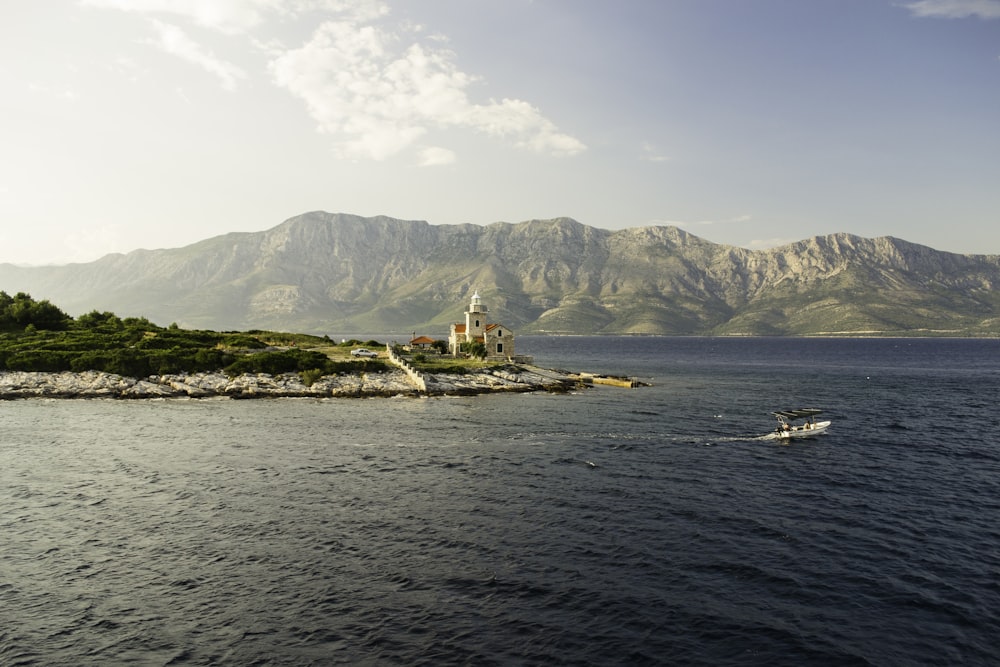
To relocate to Croatia means to live in a quiet and cozy place with the right to visa-free travel in Europe.
In order to help you to make a choice with which city in Croatia to spend your life in, we have compiled a ranking of cities by the cost of living. In preparing this article we use the information from the Numbeo portal – a global database of consumer prices, crime rates, the quality of health care in different countries and cities around the world.
The most expensive cities for living in Croatia are Rijeka, Zadar, and Sibenik. The cost of living in them is higher than in Zagreb. Cheaper than the capital were Dubrovnik, Split, and Pula.
The calculation was based on a consumer basket in the amount of 1,000 Kuna (1 euro – 7.6 Kuna) in Zagreb. In Rijeka, the same set of goods and services cost 1017 Kuna. In the most expensive city, according to the Numbeo portal, consumer prices are 6% higher than in the Croatian capital. However, the cost of renting housing is 18% lower, and purchasing power is 24% lower than in Zagreb. The cheapest city in the country is Osijek. It is similar to the capital’s set of goods and services costs 866 Kuna.
Differences in consumer prices between cities are small. There is a significant difference only in the purchasing power and cost of the rent. Thus, in the city of Karlovac, rental rates in the housing market are 45% lower than in the capital. In turn, purchasing power compared to Zagreb in Split is lower by 22%, in Zadar – by 21%, in Sibenik – by 23%, and in Karlovac – by 32%.
If you want to live in Сroatia not only during the tourist season but also at other times of the year, then when choosing a region to live in, you need to pay attention not only to climate, distance from the sea, price, etc. but also transport object availability.
There are several international passenger airports in Croatia: in Zagreb, Osijek, Pula, Rijeka, Zadar, Split, Dubrovnik. There are also small airports on the islands of Brac and Losinj, but these airports are only for small planes and mostly in the summer.
Taking into account the transport accessibility of the region at any time of the year and your plans for living in Croatia, it makes sense to get detailed information about the following regions.
The Istrian peninsula and the Kvarner Bay
They are firmly in the lead among all Croatian regions in terms of popularity for holidays and living in. And indeed, there are many advantages in this region. Istria is the largest peninsula of the Adriatic Sea, separated by the Gulf of Trieste and the Kvarner Bay. We will not dwell on such advantages as beautiful nature and the cleanest sea, many regions of Croatia can boast of this. The first plus is the climate, in summer there is almost no such debilitating heat as, for example, in Dalmatia. The maximum temperature in the summer rarely rises above + 33s and is transferred much easier, than, for example in Dalmatia. Winter temperatures are also comfortable, and below – 5-7s the thermometer readings usually do not drop.
A big plus of the region is transport accessibility and proximity to Europe. Pula can be reached from Zagreb by car in 3 hours, by bus – in 4 hours, or you can use local airlines, which also fly from Zagreb to Pula. From the central city of Istria – Pula to the nearest city of Italy – Trieste, only 113 km, which can be overcome by car on a beautiful new highway in less than an hour. From Pula to Venice you can also be reached by car in 2.5 hours. The border with Slovenia is 80 km away. So, if you not only want to live in Croatia but also like to travel around Europe, then this is a suitable region for a permanent “base”.
Zagorje and Medjimurje
If you are planning to live permanently in Croatia and open your own business, which does not require the presence of the sea nearby, it makes sense to consider the mainland of Croatia to search for real estate. Croatia is a geographically very diverse country. Despite the short distances, the climate of the coastal areas is significantly different from the climate of the mainland.
In this region of the country, winter is quite real, with snow and temperatures down to -15s, which, however, does not happen often. The average monthly temperature in winter is around -5s. Until the end of November, the air temperature can remain up to + 15s, and “frosts”, if they come, then for a short time. In summer, the temperature can be understood up to +32, but even such heat is easily tolerated in the absence of high humidity.
Zagreb, as the capital of the country, is a good option for conducting “non-tourist” business, because all the socio-political life of the country is concentrated here, and therefore finances. But, of course, as in any capital, real estate here is more expensive than in the regions, but at the same time, and more liquid. Options for buying real estate at a distance of 100 km from Zagreb can also be a good choice in this case.
The roads here are beautiful, not far from the capital, to the nearest sea, if you suddenly decide to relax and swim, also 250 km, and prices are much lower than in the capital. You can see the area of Medjimurje – Cakovec, Varazdin are also beautiful cities in Croatia to live in, and many other small Croatian towns, which are connected to all regions of the country by a network of beautiful roads, as well as developed by rail.
Islands of Croatia
Real estate on the islands often attracts buyers with lower prices and fewer tourists in the summer. Of the additional advantages is the ability to buy a house right by the sea, on the skeletons of such options are much more than anywhere else. But there are significant disadvantages to buying real estate on the island. First, transport accessibility and infrastructure.
It is necessary to pay attention to the schedule of the ferry service with a specific island, especially not in the tourist season. Infrastructure on the islands is much worse (shops, hospitals, schools) and life on the islands is generally more expensive. Secondly, if you want to buy real estate and make reconstruction or repair, be prepared for the fact that almost all building materials you will need to bring the same ferry from the mainland, which will certainly increase their cost.

